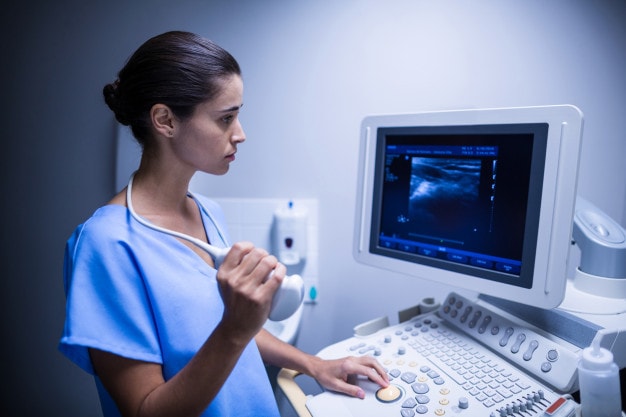With over 250,000 annual deaths reportedly caused by medical error, human factors and usability testing has become an increasingly scrutinized step in medical device design, development, and manufacturing.
The word “usability” in this context can be a bit confusing. So what does it mean exactly?
The British Standards Institution (BSI) has defined usability as “a multi-dimensional quality that refers to the ability of a human to interact easily and relatively error-free with a system or product.”
That means that the intended user group can successfully operate a product without error, which in turn can help reduce risk of malfunction or misuse.
As with all aspects of medical device design, there are regulations that outline the exact standards that must be met when it comes to device usability.
These medical device usability standards and practices are in place to reduce erroneous use of devices that can lead to patient injury or death.
Collectively, these standards and guidance documents provide a roadmap for how to create a medical device that can be easily and effectively used by a practitioner or a patient.
 At RBC Medical, we incorporate device usability testing and standards into every phase of product development. We do this because we understand that if a device fails usability testing, it will require reconfiguration and additional testing, ultimately delaying the development timeline.
At RBC Medical, we incorporate device usability testing and standards into every phase of product development. We do this because we understand that if a device fails usability testing, it will require reconfiguration and additional testing, ultimately delaying the development timeline.
We understand the essential requirements for medical device usability, as well as the strict standards and regulations that define how testing should take place and what ideal outcomes look like. During the production process and usability testing phase, we maintain compliance with all pertinent regulations, including:
Medical Device Usability Standards
The Food and Drug Administration (FDA) has a guidance document of usability engineering guidelines that it has created to help manufacturers create products that are safe and effective. However, the most important standard for human factors engineering and usability risk management is the international standard, IEC 62366. This standard can be used to comply with usability engineering processes and regulatory requirements in the United States and the European Union. Another international standard, ISO 14971, encompasses the broader standard of risk management as it applies to medical devices. This is another incredibly important standard that must be met when developing and testing the user interface (UI) of a medical device. Obtaining ISO 14971 and IEC 62366 certifications are necessary steps in fostering the adoption of your medical device in various markets. These certifications prove that your medical device has reached a certain threshold that makes it safe for the intended device users.Medical Device Usability Testing
Usability testing is the process by which manufacturers determine if a device can be used by the intended user without any major issues. Medical device usability testing is a comprehensive process that takes many potential use errors into account. To maximize the success of this testing, manufacturers will design the testing process as such:- All individuals involved in the user testing process must be the intended users (doctors, nurses, etc.).
- All critical tasks must be performed during the test.
- The user interfaces being tested must be the final products.
- The test conditions are realistic. That is, scenarios in the test can actually happen in real life.
Ensure Medical Device Usability Success
 At RBC Medical, we incorporate device usability testing and standards into every phase of product development. We do this because we understand that if a device fails usability testing, it will require reconfiguration and additional testing, ultimately delaying the development timeline.
At RBC Medical, we incorporate device usability testing and standards into every phase of product development. We do this because we understand that if a device fails usability testing, it will require reconfiguration and additional testing, ultimately delaying the development timeline.
We understand the essential requirements for medical device usability, as well as the strict standards and regulations that define how testing should take place and what ideal outcomes look like. During the production process and usability testing phase, we maintain compliance with all pertinent regulations, including:
- IEC 62366
- IEC 60601-1-6
- ISO 13485
- ISO 9001
- ISO 14971
- FDA
- MDD
- MDR
- And more




